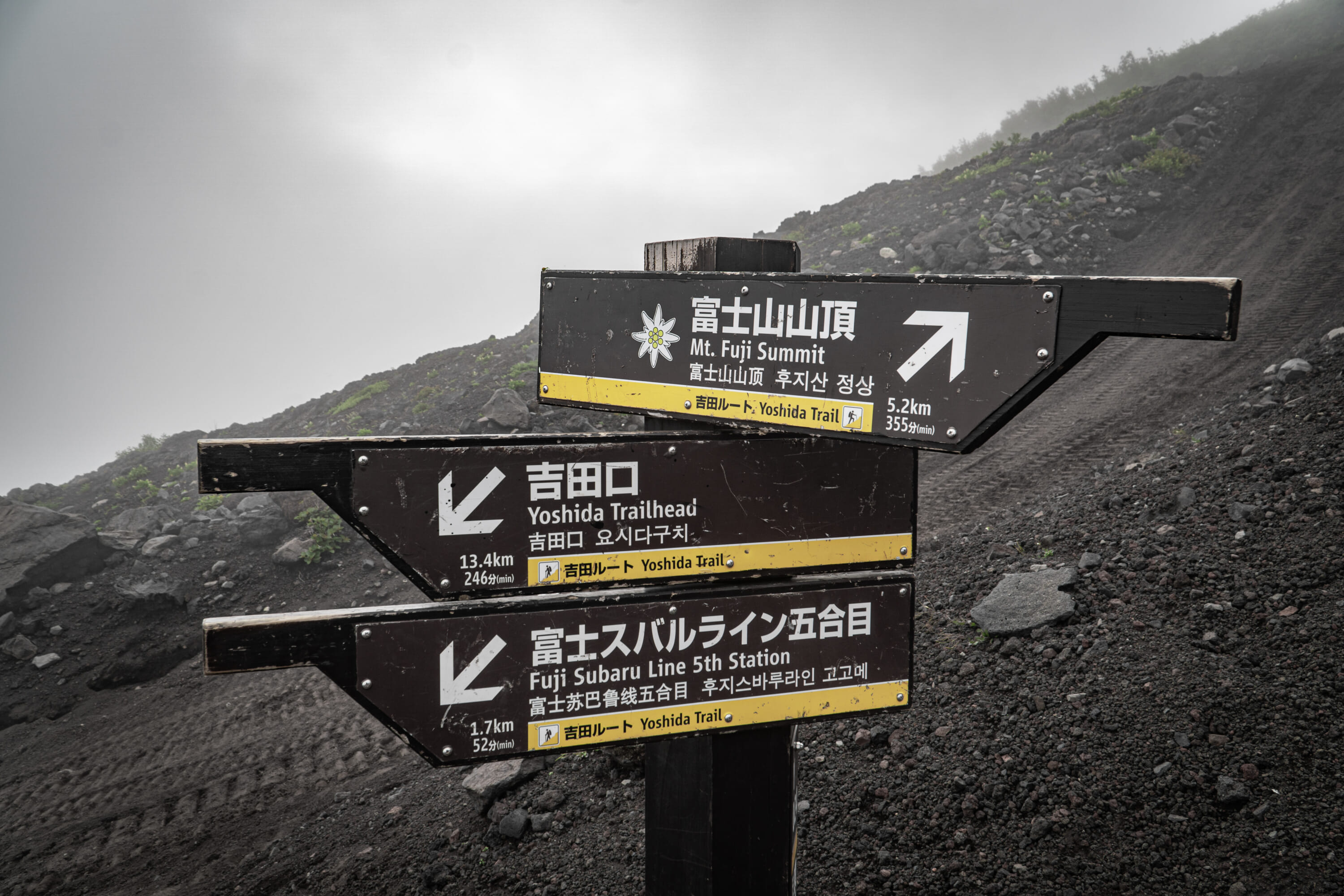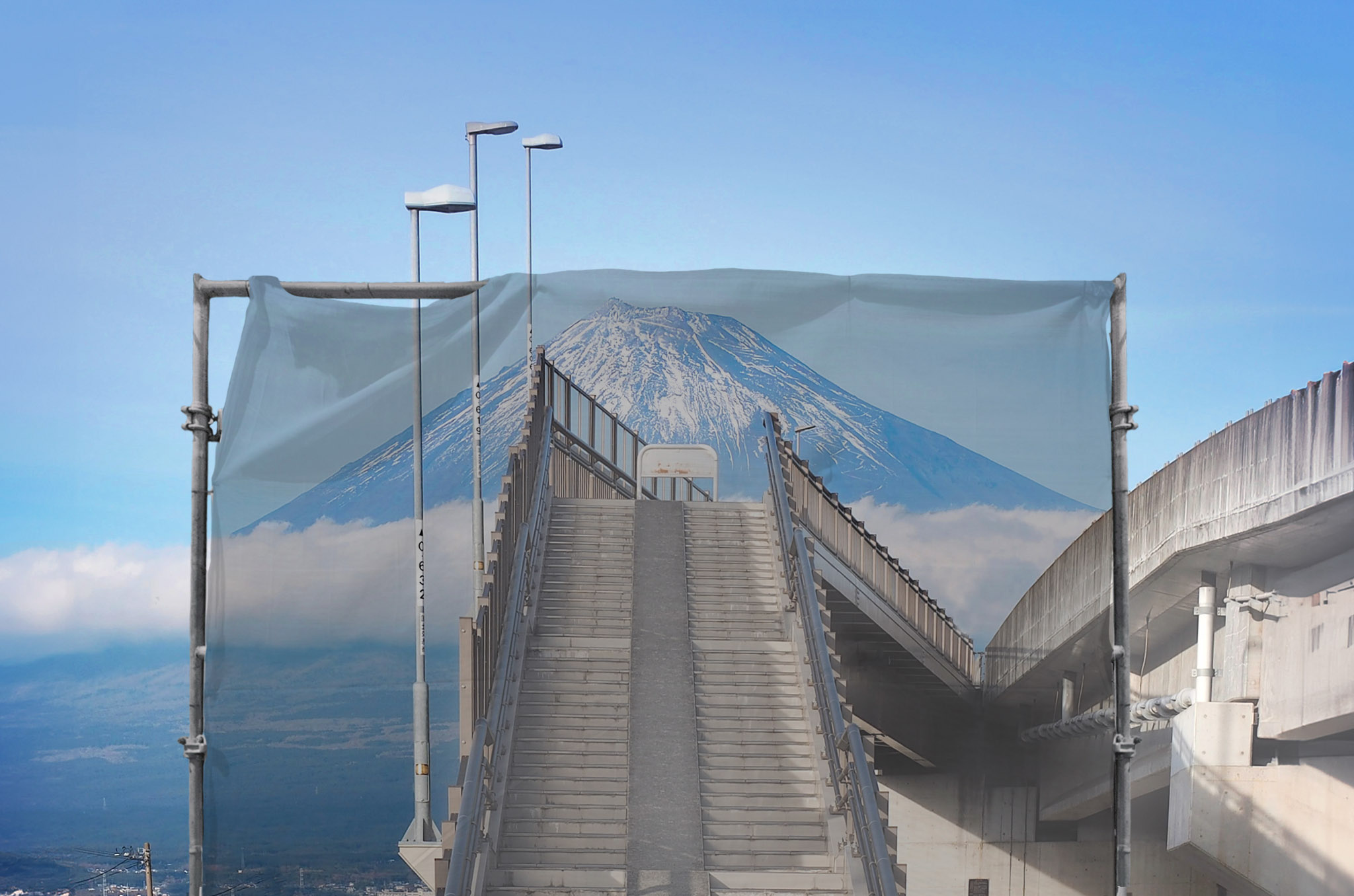We’ve all seen the viral snaps of the Lawson in Kawaguchiko with the perfect Fuji view, now spoiled by the crowds. But what about Mount Fuji itself? As Japan’s most iconic peak, the mountain attracts climbers from all corners of the globe. However, the surge in visitors has created chaos on the trails. New measures are being rolled out by the day to tackle the disaster and restore some sanity to the climb.

New Hiking Regulations for Mount Fuji
Shizuoka Prefecture is taking action by introducing a pre-registration system for the 2024 climbing season, starting June 10. Climbers must register in advance and watch a rule-focused video. These steps are aimed at preventing reckless bullet climbs, where climbers attempt to reach the summit in one exhausting push, while also easing congestion on the trails.
Unregistered climbers will be prompted to register and watch the video at trailheads or parking lots. They must then choose between a day hike or an overnight stay at one of the mountain huts. After entering their information and the date they intend to climb, they will then receive a QR code to be scanned at the fifth station. Those without overnight reservations will be turned back and barred from climbing between 4 p.m. and 3 a.m., the most dangerous hours due to fatigue.
Yamanashi Prefecture is also stepping up its game. To control the crowds, it has capped daily climbers at 4,000 and implemented a ¥2,000 passage fee. A total of 3,000 slots will be available for online bookings. The remaining 1,000 can be booked in person on the day of the climb. These measures, effective from July 10, are designed to regulate the number of visitors and generate funds for maintaining the trails and facilities.
The new fee, daily limit and entry hours target only the Yoshida trail on the Yamanashi side, which is the most popular climbing route, used by 60% of climbers. Unlike Shizuoka, Yamanashi’s trails are on prefectural land, making these regulations more straightforward. This raises questions about the long-term sustainability of these measures and whether other prefectures will follow suit.
Fuji Dream Bridge to Receive Blockade Due to Rowdy Tourists
Social media has amplified the allure of Mount Fuji, turning not just the mountain, but its viewing spots into viral sensations. The Fuji Dream Bridge is the latest to join the ranks, following in the footsteps of the once-famous Mount Fuji Lawson. Despite its impressive name, the Fuji Dream Bridge is a modest overpass spanning a river, with a narrow sidewalk divided from the road by a waist-high concrete barrier. However, it creates the illusion of climbing Mount Fuji simply by walking up its steps.
However, this newfound fame comes with chaos. Tourists jaywalk to the median strip between traffic lanes to snap photos, twirl for videos, or simply loiter, suitcases in tow. Littering and illegal parking have become rampant, according to Haruhito Yoshizaki, a tourism official in Fuji city, Shizuoka Prefecture, speaking to The Japan Times.
To curb this dangerous behavior, authorities have already installed low metal scaffolding and multilingual warning signs. Yet these efforts are mere band-aids. The surge in visitors has overwhelmed the facilities, leading to plans for additional parking spaces and temporary toilets by early June. The situation has even necessitated police patrols to manage the influx of tourists.
By the end of June, a nearly 2-meter-high metal mesh fence will enclose the area, taking away yet another Fuji viewpoint.
As these new measures take effect, the hope is that climbing Mount Fuji will become a more sustainable and enjoyable adventure. But whether these steps will be successful or not depends on the cooperation of climbers. The stakes are high. Mismanagement could spell even more trouble for this natural treasure.









